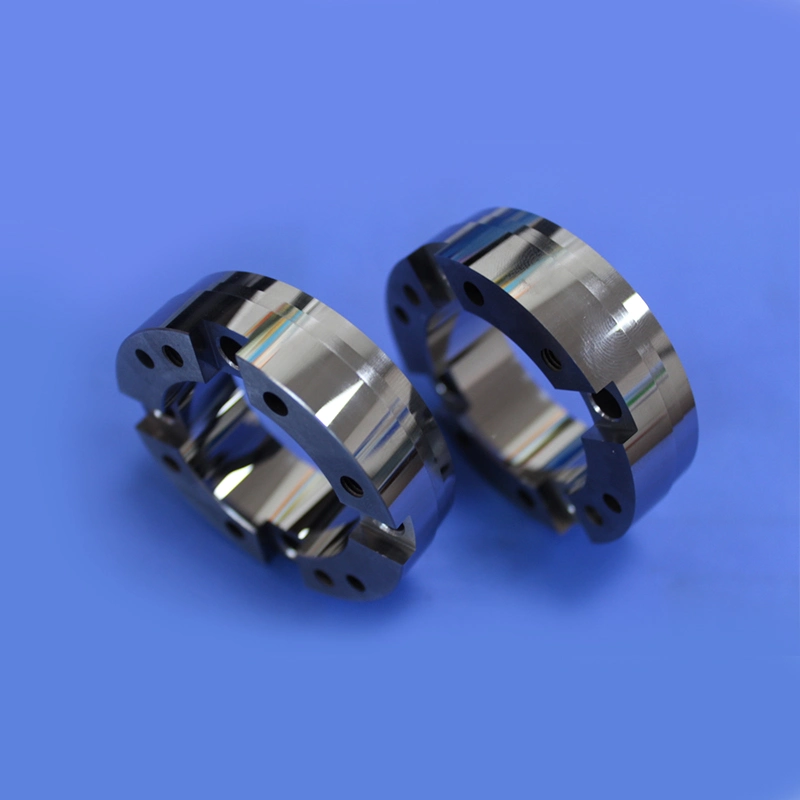- Overview
- Product Description
- Processing of Tungsten Carbide
Basic Info.
Product Description
Non-Magnetic Tungsten Carbide Cavity Mould for Magnetic Ring Rotor
Overview: Specializing in Tungsten carbide processing, we offer customized production of non-magnetic Tungsten carbide moulds, including the magnetic ring rotor upper cavity for customer-specific AR-8 magnetic ring rotor molds. Traditional Tungsten carbide moulds typically exhibit weak magnetism, but in cases requiring non-magnetic Tungsten carbide moulds, custom production is necessary.
Features:
- Non-Magnetic Material: Non-magnetic Tungsten carbide refers to Tungsten carbide material without magnetic properties, tailored for the specific requirements of magnetic ring rotor mold equipment.
- Increased Production Efficiency: The use of non-magnetic Tungsten carbide molds, compared to traditional non-magnetic steel, offers superior performance and enhances production efficiency.
- Excellent Performance: Non-magnetic Tungsten carbide molds demonstrate outstanding hardness and durability, avoiding issues such as severe surface roughness and deformation inside the mold, ensuring dimensional accuracy and surface quality of magnetic materials.
Application Areas: Widely used in magnetic ring rotor mold equipment, it meets high requirements for non-magnetic materials, especially in industrial scenarios where material magnetism needs to be preserved.
Advantages:
- Customer Customization: Providing customized production services according to customer requirements for molds, meeting the specific demands of molding non-magnetic materials.
- Enhanced Industrial Production Efficiency: The use of excellent non-magnetic Tungsten carbide molds effectively improves production efficiency, ensuring mold stability and reliability.
Conclusion: Our non-magnetic Tungsten carbide magnetic ring rotor upper cavity mold, employing advanced production processes and high-performance materials, is dedicated to meeting the high requirements of magnetic material molding molds, providing a reliable solution for industrial production.



"Mechanical Processing," which involves various machining processes applied to the tungsten carbide blank that has undergone heat treatment. This is done to achieve the desired shape for the final product. Here's a detailed explanation of the mechanical processing of tungsten carbide products:
- Cutting: Utilize cutting tools to cut the heat-treated tungsten carbide blank into the required shape and dimensions. This step is often used to establish the overall dimensions of the product.
- Milling: Employ milling processes to cut into the surface of tungsten carbide using rotating tools, further refining the product's shape and surface characteristics. Milling can be used to process flat surfaces, grooves, and other specific shapes.
- Grinding: Use grinding tools to grind the tungsten carbide, achieving higher surface smoothness and precision. Grinding also helps refine the dimensions and shape of the product.
- Turning: Use a lathe for turning operations, where the tungsten carbide undergoes rotational cutting, particularly useful for processing cylindrical products or components.
- Hole Machining: Use drilling machines or other hole machining equipment to create holes in the tungsten carbide, meeting the specified diameter requirements in the product design.
